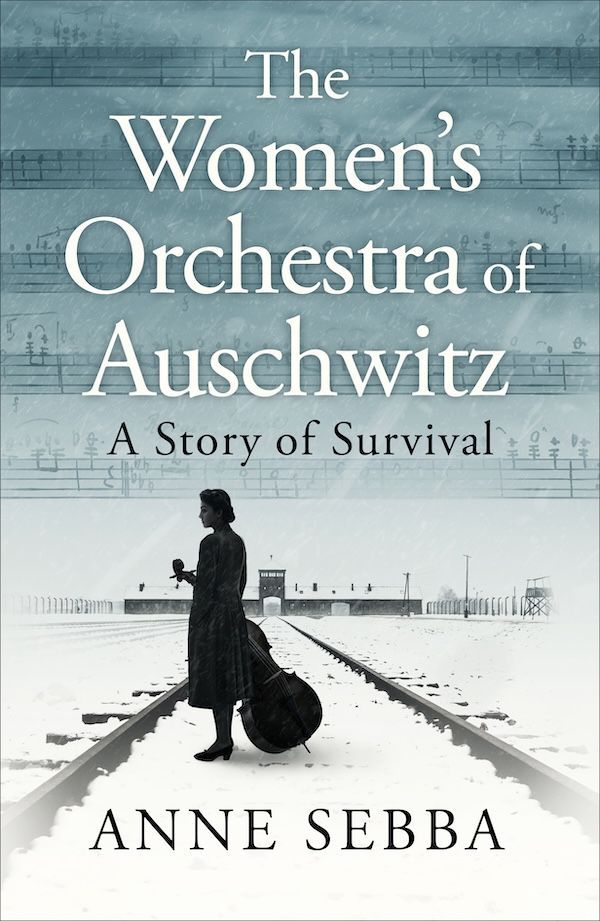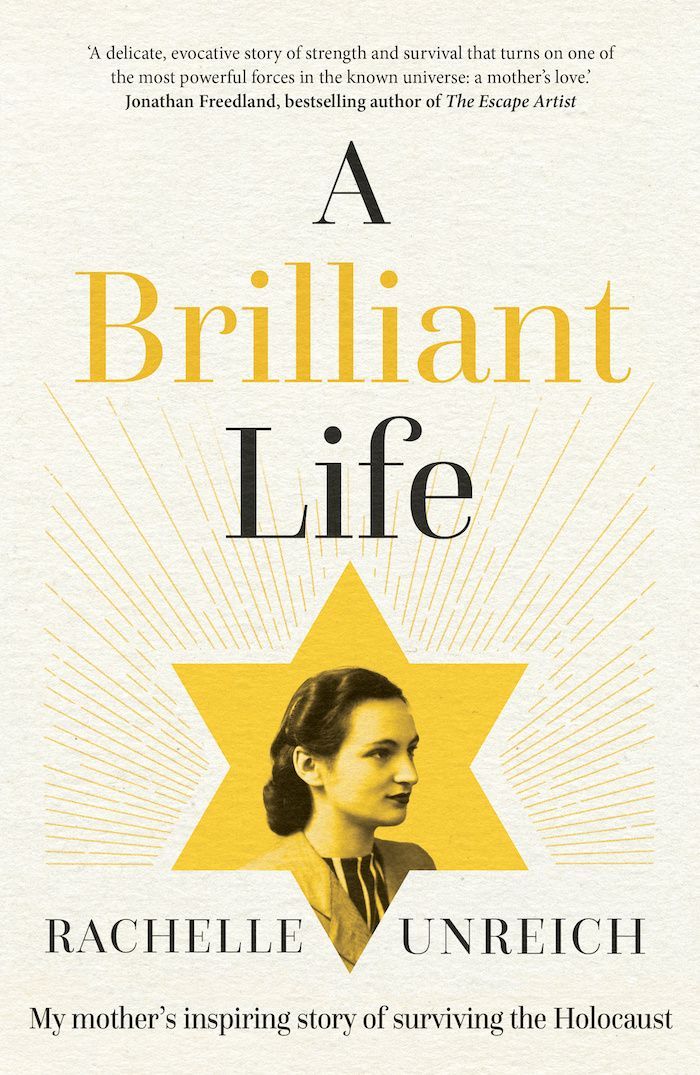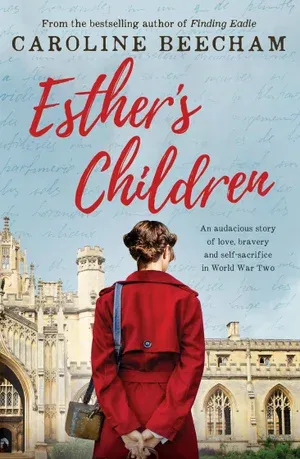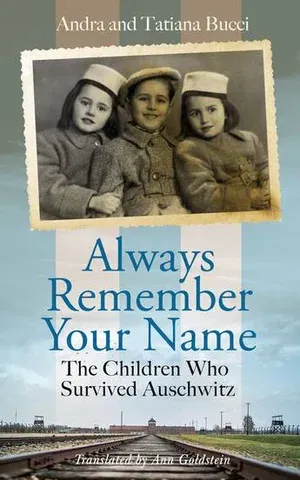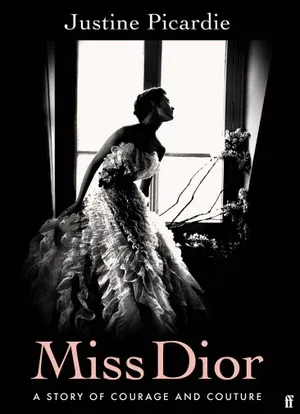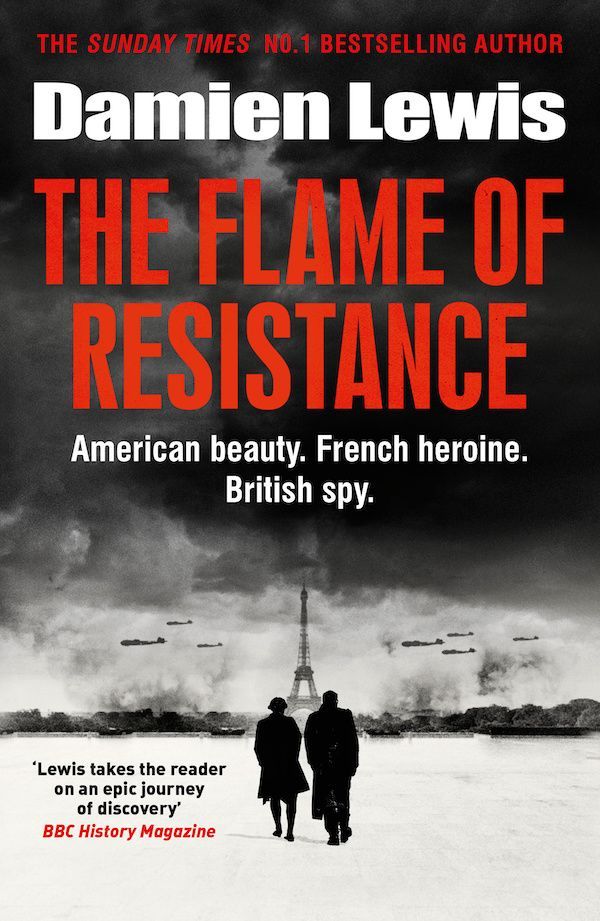The Women's Orchestra of Auschwitz
By Anna Sebba
Published by Hachette Australia
ISBN 9781408720783
This remarkable story of how an orchestra was formed in Auschwitz-Birkenau under orders from German SS officers delves deeper into what happened in these horrific concentration camps. While many stories have been written about them, this goes into greater detail.
The decision to form an orchestra changed the lives of almost fifty women and girls who came from eleven nations speaking as many languages. Many who survived were interviewed for their recollections and how they were fortunate to be chosen to join the women's orchestra.
The idea was to form an orchestra playing marching music for the women prisoners for roll-call, on their way to and from their forced labour. It was to keep them marching in time often returning to the camps with their broken bodies and the dead who had not survived the day from illness, hunger and their long breaking work. And to play music for the enjoyment of the SS officers.
At first the SS found that there were Jewish and non-Jewish women who could play musical instruments and were expected to play music for the officers. On arrival at the concentration camps they were stripped of their belongings including their precious musical instruments.
They soon discovered they had many more musicians and a talented musician from a famous musical family who had been married to a revered and popular musician. Anne Rose was born in 1906, her father was Arnold Rosé, the concertmaster of the Vienna Philharmonic Orchestra and State Opera Orchestra and she was the niece of Gustav Mahler. Anna's family were deeply assimilated, yet because the family had changed their name from Rosenblum to Rose she was deemed Jewish and deported with millions of others.
Anna became head of the orchestra, auditioning women and girls who declared they could play musical instruments. They were of varying standards, some just beginners but all encouraged and coached or included as they could be useful as music copyists. The women did not have access to sheet music and they had to copy out the music from the men's orchestra, plus undertake other necessary jobs for running an orchestra.
As an orchestra member they received a little more food, better clothing and were housed in the orchestra block with better facilities, instead of the atrocious accommodation for all other prisoners. Although care had to be taken when choosing the members of the orchestra as the SS gave orders to not flood it with Jews. A difficult task when the majority of prisoners who played an instrument were Jewish and Anna wanted to save as any lives as possible. It is not surprising to read the reactions of the majority of the women prisoners to this orchestra.
As with any group of people different personalities and opinions are revealed including the working relationships with the SS officers and the ranks.
This an outstanding book, beautifully written with some photographs placed throughout the pages adding to a more human relatable image to the people about whom we are reading. I am pleased to see credits given to the almost complete list of all the people involved in the orchestra with their details and if they embraced music after the war or turned away from it completely. You maybe interested to read the notes on the orchestra's repertoire.
The Author
Anne Sebba is a biographer, journalist and former Reuters foreign correspondent. She has written many books including the best-selling Mother Teresa: Beyond the Image, Laura Ashley, A Life by Design and That Woman: The Life of Wallis Simpson, Duchess of Windsor. She lives in London.
This is an independent review, I am not paid by the book publishers, so.If you Liked this review - please Buy me a coffee

